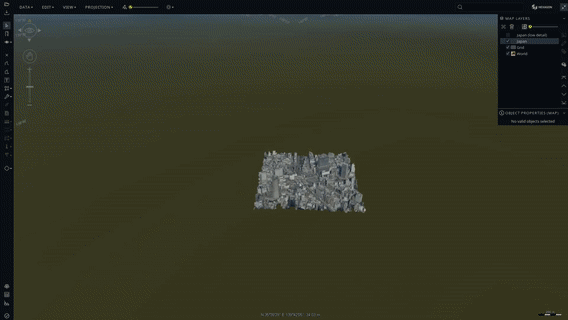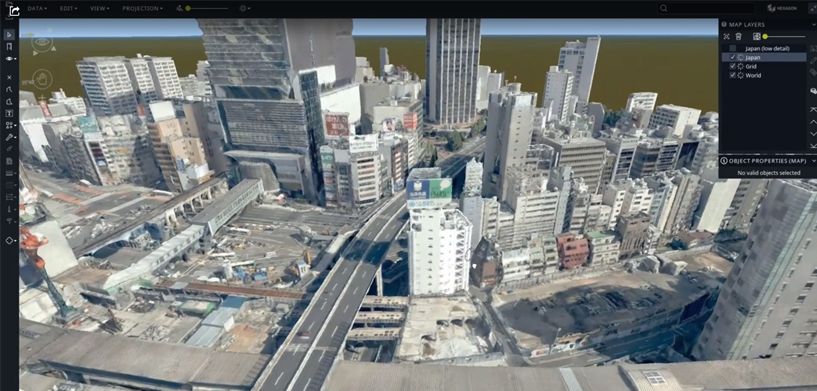In our daily lives, we routinely stream gigabytes of information with internet connections that are limited to a few megabytes per second. The trick to doing it is to download only the information needed each moment rather than trying to download entire datasets.
The same principle can be applied to 3D mesh data, but it requires a very careful structuring of the data through formats such as OGC® 3D Tiles. Building that complex structure is a challenge unto itself, but it’s exactly what Luciad technology’s 3D tiling engine was designed to do.
Meeting Customers’ Needs
Ever since the introduction of Google Earth™, geospatial software users have requested the ability to display 3D cities in the browser. Luciad technology was one of the first solutions to offer this functionality in an efficient, plugin-free browser-based environment.
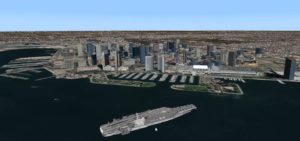
Many Hexagon customers work with very large datasets that are unfit for streaming, which made it clear that processing datasets into optimized streamable structures, while very complex, was a vital capability. This drove the initiative to build a tool that would simplify this process.
By working closely with customers and partners, Hexagon experts learned about all the nuances that 3D mesh data entails. Cities can be entirely generated through photogrammetry or built semi-manually using predefined models. Computer-aided design (CAD) and Building Information Model (BIM) models are built from architectural drawings and usually define smaller areas like factories or single buildings in detail.
Common Ground
The 3D formats that convey 3D data and metadata vary significantly, but the base structure of the 3D models rendered on screen stays the same. Understanding the common ground between all those formats makes it possible to work within one unified solution.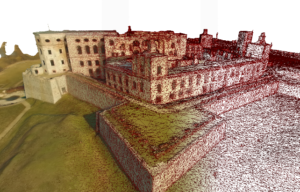
After trying several proof of concept builds, the architecture for Luciad technology’s 3D tiling engine was clear, and Hexagon dove into the full development cycle that makes for a robust product. Every piece of code was tested, documented, reviewed, and then tested again. User guides were written, and customers were offered consultancy to learn about the new function.
Support for Extended Features
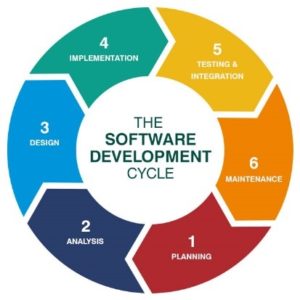
Iterative development is a key component of successful software. Not all of Luciad technology’s 3D tiling engine features were implemented from the start, but the architecture was sufficiently robust for new features to be added — and they do continue to be added, even today. For example, support for metadata was foreseen from the start but implemented at a later stage.
But a product that tries to do everything is doomed to fail. What really makes Luciad technology fully equipped for the future is its extensible “building-block” API design. Luciad Portfolio products are designed with interfaces that can be implemented and extended. That allows them to ingest any data format and to build a sustainable application that can be extended and adapted to meet future demands.
By partnering with our customers and always looking forward, Hexagon is building the future of geospatial software.
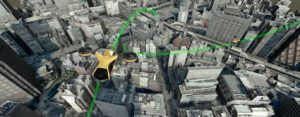
To see Luciad technology’s 3D tiling engine in action, watch the video.
